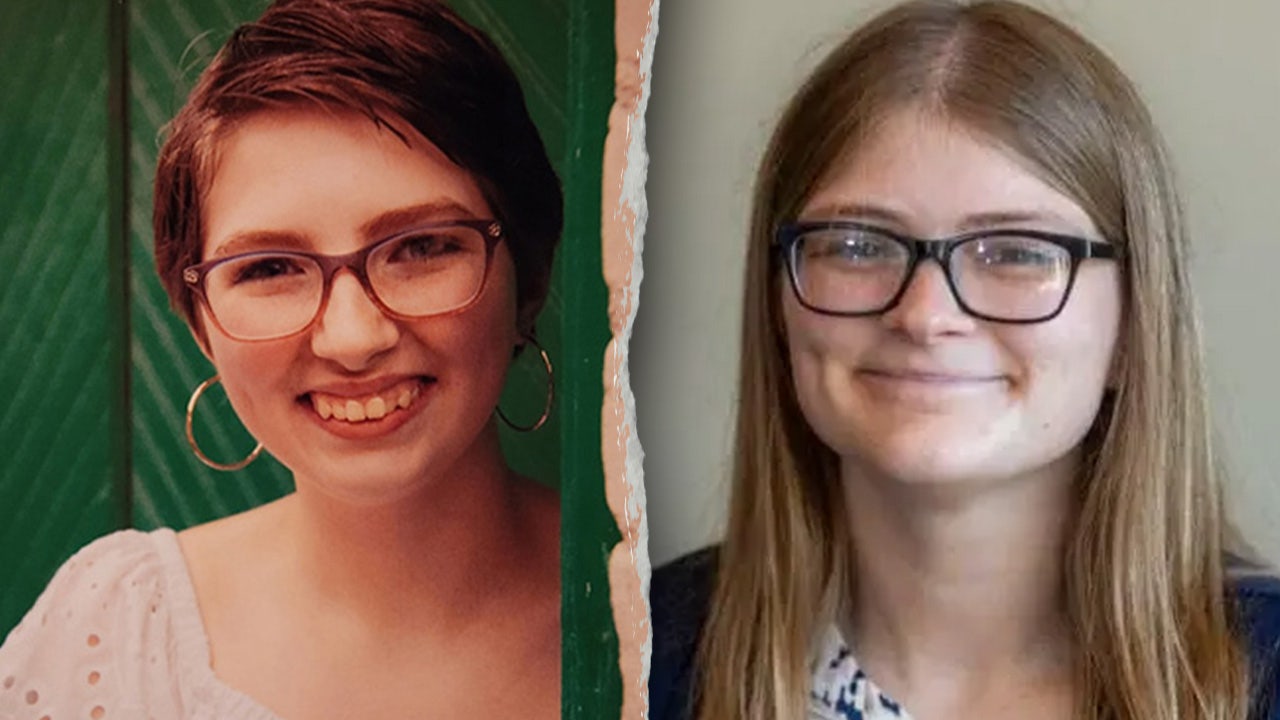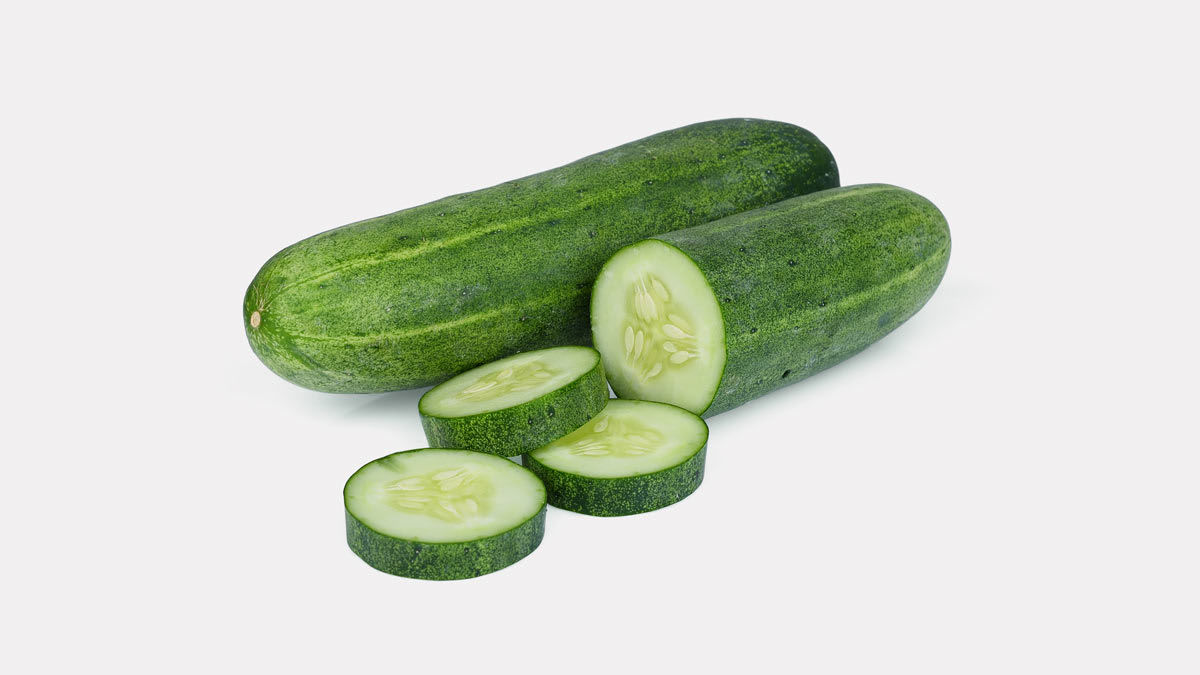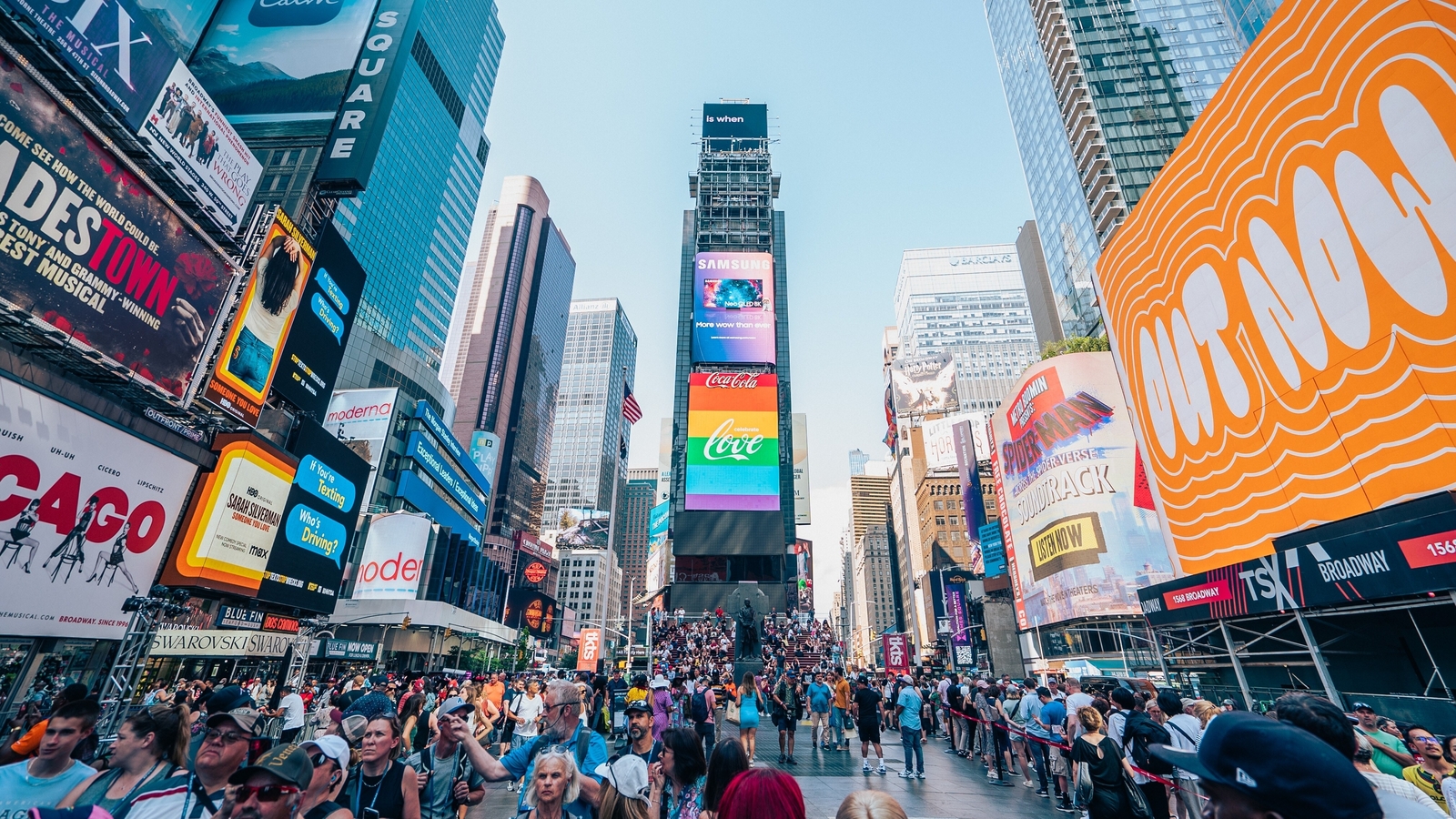How the White House orchestrated Trump's Oval Office ambush of South African president

CNN —
Moments before President Donald Trump escorted his South African counterpart into the Oval Office on Wednesday, White House aides could be seen wheeling two large-screen televisions down the driveway and into the West Wing.
Little could have prepared President Cyril Ramaphosa for what he was about to see.
Trump ordered the lights dimmed and launched into what amounted to an ambush of his visitor, screening a video he claimed was evidence for his false suggestion that White South Africans are being subjected to persecution and “genocide.”
A shocked Ramaphosa, who had just been exchanging pleasantries with Trump about golf, watched silently. An experienced diplomat who once served as Nelson Mandela’s chief negotiator during talks to end White minority rule, Ramaphosa could barely disguise his discomfort.
The moment was an orchestrated one, with Trump’s team also having printed out articles for him to hold up in front of the cameras that he said backed up his claims of White “genocide.”
It was perhaps inevitable that Trump would use the meeting to advance the fringe claims — which he’s amplified for months — that White farmers in South Africa are having their land seized and are being killed in massive numbers. Just last week, 59 White South Africans arrived in the United States after being granted refugee status by the White House.
Since taking office in January, Trump has shown little hesitation at turning his meetings into moments for public hostility. Yet the multimedia surprise exceeded anything he has previously staged in the Oval Office. Even his shouting match with Ukrainian President Volodymyr Zelensky in February, which appeared to some critics as a preplanned trap, did not come with visual aids.
A White House official said Trump was using Wednesday’s event to shed light on an issue that the administration believes the “media had turned a blind eye to.” CNN has investigated the claims of White “genocide” in South Africa and found no evidence to back them up.
However, Trump said he had heard from “thousands” of people about the issue. And despite Ramaphosa’s calm attempts to describe his country’s situation and pick apart Trump’s allegations, Trump appeared unmoved.
“Death, death, death, horrible death,” he uttered, flipping through the pages of article printouts.
As was evident as the scene was unfolding, Trump and his team had done extensive planning ahead of time to attempt to back up the unsubstantiated claims of White persecution. Aides said they had anticipated the issue would be at the heart of the Oval Office sit-down and took notice when Ramaphosa said before traveling to Washington that he hoped to disavow Trump of his misguided views.
That helped inspire the White House’s plan to come to the talks armed with materials and to play the video, which depicted the firebrand opposition politician Julius Malema making calls for violence against White farmers.
Shortly after the video finished playing, the White House had posted a copy on its official social media accounts. The articles Trump waved around during the session were systematically shared online by aides.
Trump’s allies applauded the confrontation online, seeing it as another example of the president holding world leaders accountable.
The organized rollout of the material suggested how eager Trump and his team were ahead of time to use the meeting to advance their narrative of persecution, even as Ramaphosa was hoping to discuss trade and other geopolitical issues.
No amount of flattery or calibration on the part of the South African leader — be it inviting two professional golfers to join his delegation or complementing Trump on his golden Oval Office redecoration — was enough to stave off the waiting surprise.
“What you saw in the speeches that were being made—that is not government policy. We have a multiparty democracy in South Africa that allows people to express themselves,” Ramaphosa said after the video. “Our government policy is completely, completely against what he was saying.”
Trump’s fixation on the alleged mistreatment of White South Africans is not a new obsession; he discussed wanting to help White farmers displaced from their land at points during his first term. Yet his public claims of oppression and “genocide” have significantly ramped up in the opening months of his second term.
The White House has fast-tracked the processing of Afrikaner refugees while pausing refugee applications for other nationalities. And earlier this year, the US froze aid to the country and expelled its ambassador.
In many ways, Trump’s criticism of South Africa’s laws – meant as redress after apartheid – dovetail with his efforts to eradicate diversity initiatives in the United States, which — like some of the South African laws he resents — are meant to correct historical racial disparities.
His views have been supported by the South African-born billionaire Elon Musk, who was among Trump’s top advisers in the opening months of his new administration.
Musk has largely stepped away from his work reforming the federal government to focus on his business ventures. But he returned to the White House on Wednesday for the meeting with Ramaphosa, standing behind one of the gold sofas and watching as the contentious meeting unfolded.
Musk had accused South Africa of blocking his Starlink internet service from operating because the company didn’t comport with Black ownership laws.
Ahead of Wednesday’s visit, South African government leaders were preparing to offer a workaround plan that would allow Musk’s venture to operate in South Africa. The gesture was viewed as an attempt to generate goodwill with the US administration before the talks began.
It seemed to do little to smooth things over. And when the Oval Office spectacle was underway, Trump seemed uninterested in giving Musk a speaking role.
“Elon’s from South Africa, and I don’t want to talk to him about that,” he said. “I don’t think it’s fair to him.”













